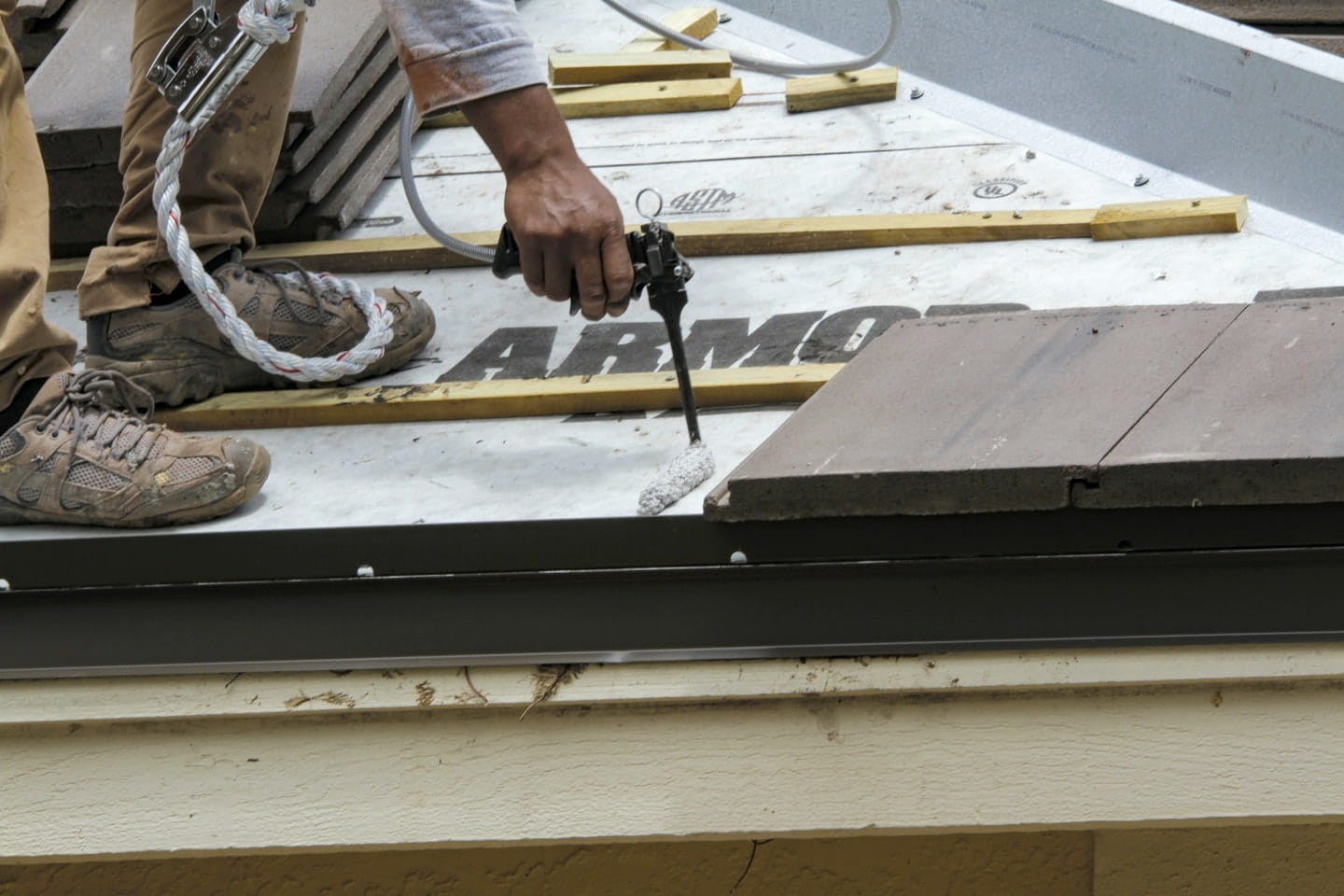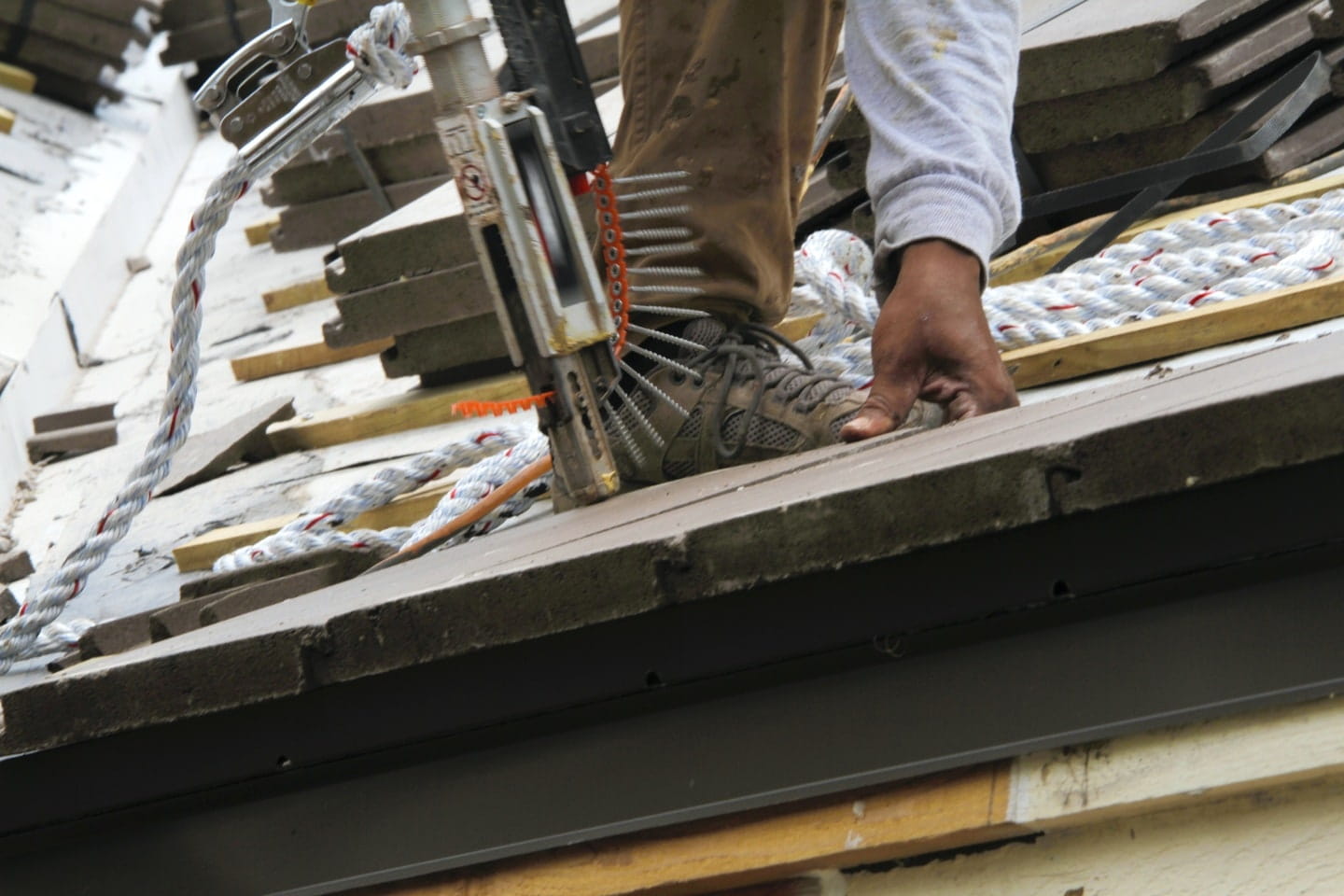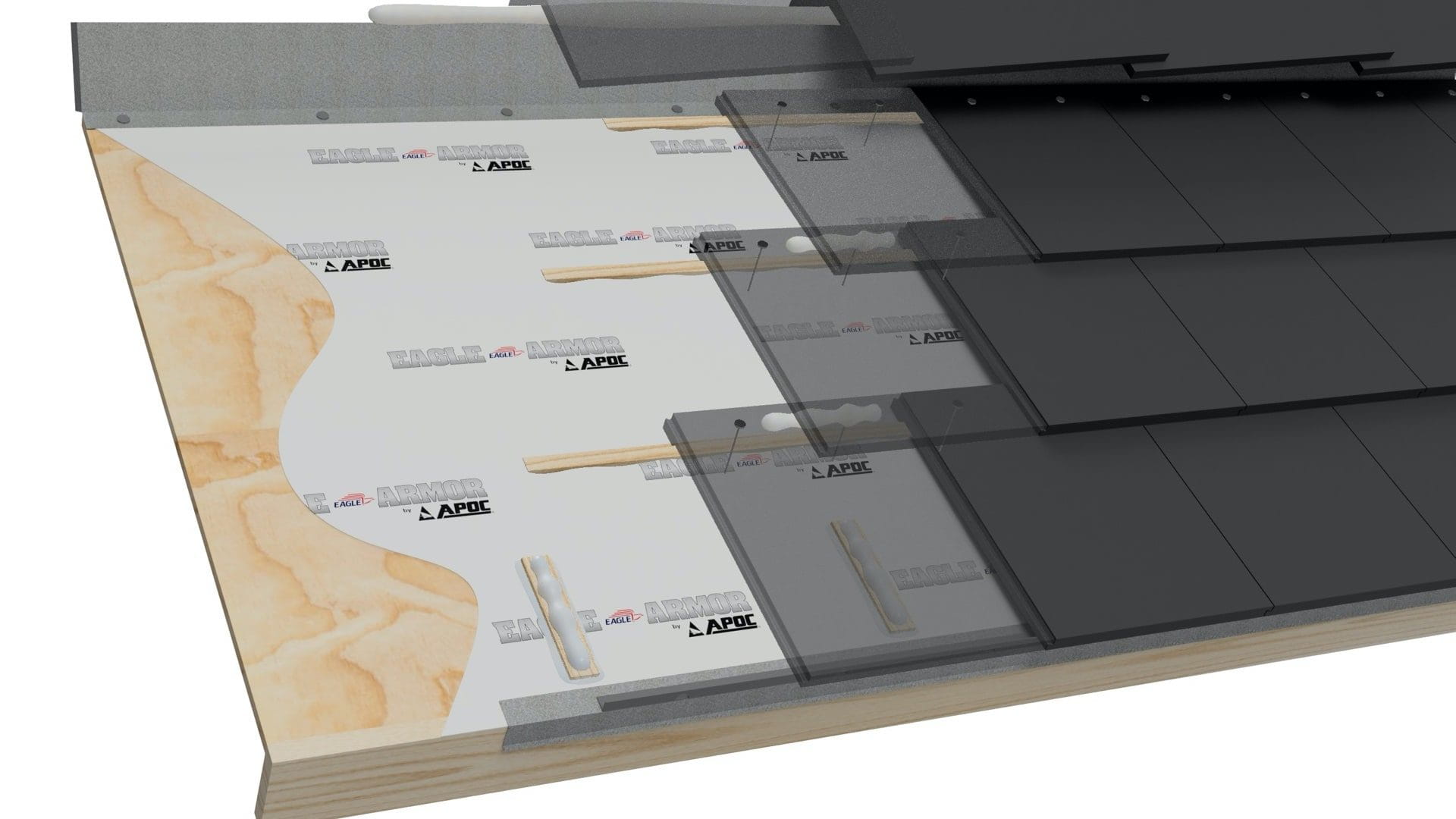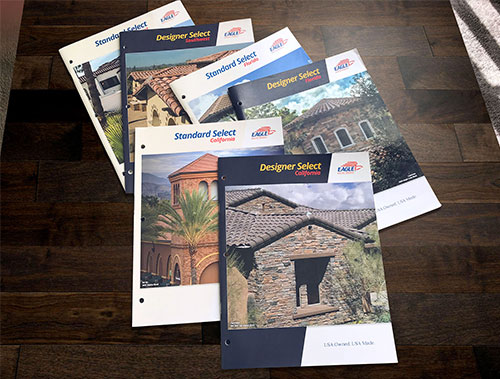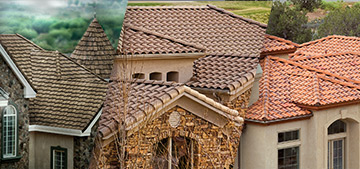When installing concrete roof tiles, the level of wind exposure your home or commercial project faces plays a crucial role in determining the best fastening method. If your certified roofing contractor has given you the option of using either foam or mechanical fasteners, the final decision is in your hands. To help you make an informed choice, here are some key considerations for both options.
While wind resistance is improved using foam, it is a more expensive alternative to screws and nails and some building codes do require that the first row of tiles is mechanically fastened as well. This is because tile roofs tend to fail around the perimeter where wind uplift is more severe.
Compared to nails, screws have the advantage of not backing out and have stronger holding abilities. Screws also self-seal as they’re driven down through the decking and underlayment.
Hybrid Roof System
Applicable to all concrete roof tile profiles, a Hybrid Roof System is achieved using both single-component polyurethane roof tile adhesive and mechanical fasteners, such as screws. The use of these in conjunction with one another creates a significant increase in uplift resistance when compared to either of them being installed independently. Tests also show that this roof system produces wind uplift values that are nearly as high as a two-part foam adhesive application, but at a lower cost and with an easier, faster installation.
To achieve this optimal installation method, consider the Dual Fix Hybrid System in Eagle’s Secure Roof Components line, which combines tile screws and Tile Bond™ Roof Adhesive. The result is incredible wind uplift resistance and maximum durability for greater protection against the elements, granting you peace of mind for years to come.
Learn more about wind exposure requirements and tile roof installation codes by downloading the Tile Roofing Industry Alliance installation guide for your region.
For additional questions regarding concrete roof tile, contact your local Eagle Account Representative today!

